Four Factors Affecting Chromatographic Peaks
Do you know what is causing the chromatographic peaks to move forward or backward? And how to solve them? Let me tell you how to solve these problems!
Chromatographic analysis usually requires qualitative analysis first, and finally, quantitative analysis, so qualitative analysis is very important and cannot be ignored. Qualitative analysis is generally reflected by the retention time of the chromatographic peak, which requires the retention time of the chromatographic peak, peak height and peak area to have a certain relationship with the retention time, generally the short retention time chromatographic peak width is small, the peak height is high, the peak area is relatively small; the retention time is long, the chromatographic peak width is large, the peak height is low, and the peak area is relatively large).
The experimenter often encounters the phenomenon that the chromatographic peak moves forward or backward during the experiment (the retention time of the chromatographic peak gradually shortens, indicating that the chromatographic peak moves forward, and the retention time of the chromatographic peak gradually increases, indicating that the chromatographic peak moves backward). The experimental results had no small impact. Let’s take high-performance liquid chromatography as an example to briefly introduce the causes and countermeasures of this type of problem.
Chromatography pays attention to separation, and the retention time is mainly determined by chromatographic separation. The main factors affecting chromatographic separation are chromatographic column, mobile phase, flow rate, chromatographic column temperature and so on.
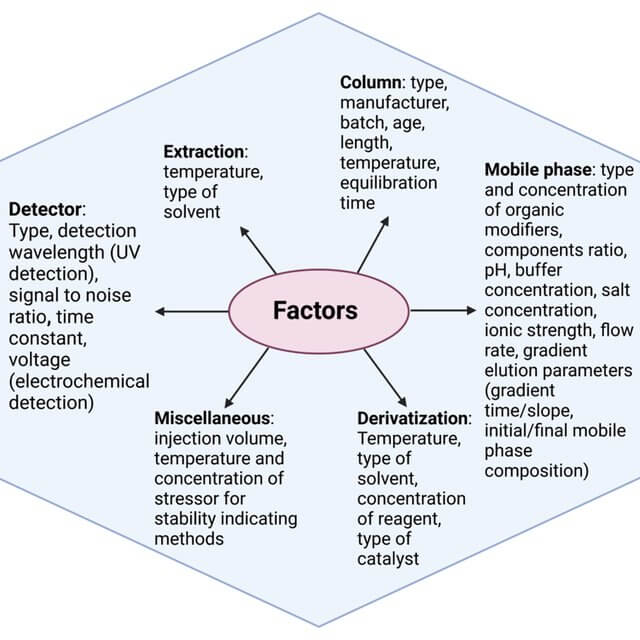
1. Temperature
The temperature affects the separation time of the chromatographic column. Generally, the higher the temperature of the chromatographic column, the faster the chromatographic separation and the shorter the retention time, and vice versa. If the temperature in the laboratory is low in the morning, turn on the heating equipment and start working, and the temperature in the laboratory will gradually increase. If you experiment during this period, the retention time of the chromatographic peaks will become shorter and shorter. If the temperature in the laboratory is high, turn on the refrigeration equipment and start working, and the temperature in the laboratory will gradually decrease. If you experiment during this period, the retention time of the chromatographic peaks will become longer and longer. Therefore, the laboratory temperature must be stable during the experiment, and there should be no major changes or fluctuations. Avoid air conditioners and other temperature control equipment facing the liquid chromatograph or blowing air at a close distance. It is also a good option to add a possible column oven to the system.
2. Flow Rate
The larger the flow rate within the allowable range, the faster the chromatographic separation. After the instrument is turned on, the liquid phase pump should be flushed at a high flow rate (waste liquid is drained from the vent valve), so that the pump flow rate can quickly reach normally. Generally, due to the influence of laboratory temperature, air bubbles in the mobile phase, and the previous flow in the liquid phase pump, the flow rate of the liquid phase pump is low and then increases slowly after the liquid phase pump is turned on. short. We all know that more air bubbles in the mobile phase will affect the flow rate of the liquid phase pump. Some liquid chromatographs are not equipped with an online degasser, and the degassing relies on an ultrasonic vibrator. In this way, there are fewer bubbles in the mobile phase that have just been vibrated and degassed, and the flow rate of the liquid phase pump is not affected. The gas will be dissolved into the mobile phase again, and there will be more bubbles in the mobile phase, the pump flow rate will be reduced, and the retention time of the chromatographic peak will be longer. The flow rate is an important part of the chromatographic conditions, so the flow rate of the liquid phase pump must be well controlled, preferably equipped with an online degasser.
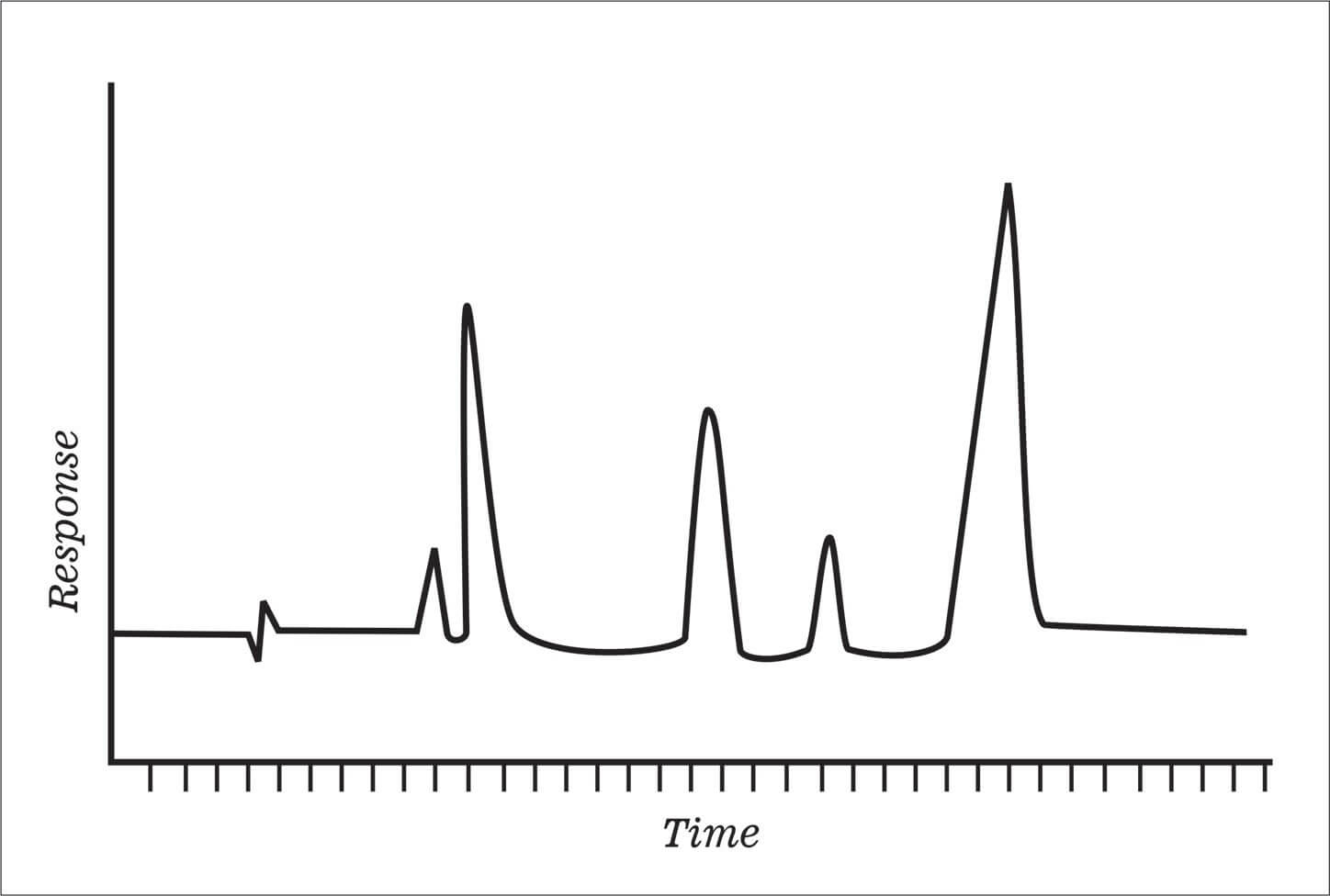
3. Mobile Phase Composition
We all know that for reversed-phase chromatography, the higher the content of organic phase components in the mobile phase, the shorter the peak retention time, and vice versa. Under normal circumstances, this prepared mobile phase has no effect on the retention time of chromatographic peaks, but there is one situation where it has an effect. The organic phase components in the mobile phase will volatilize in many cases, especially when there is not much mobile phase, they will volatilize relatively faster. At this time, the proportion of organic phase components in the mobile phase will decrease, and the retention time of the chromatographic peak will become longer and longer during the experiment. Therefore, when there is not much mobile phase in the experiment, sometimes it will affect the retention time of the chromatographic peak. If the requirements for the experiment are high, it is recommended to add the mobile phase or stop the experiment at this time. Some people may ask at this time how much is too much and how much is not too much. I personally recommend 100ml as the boundary, and less than 100ml is not too much.
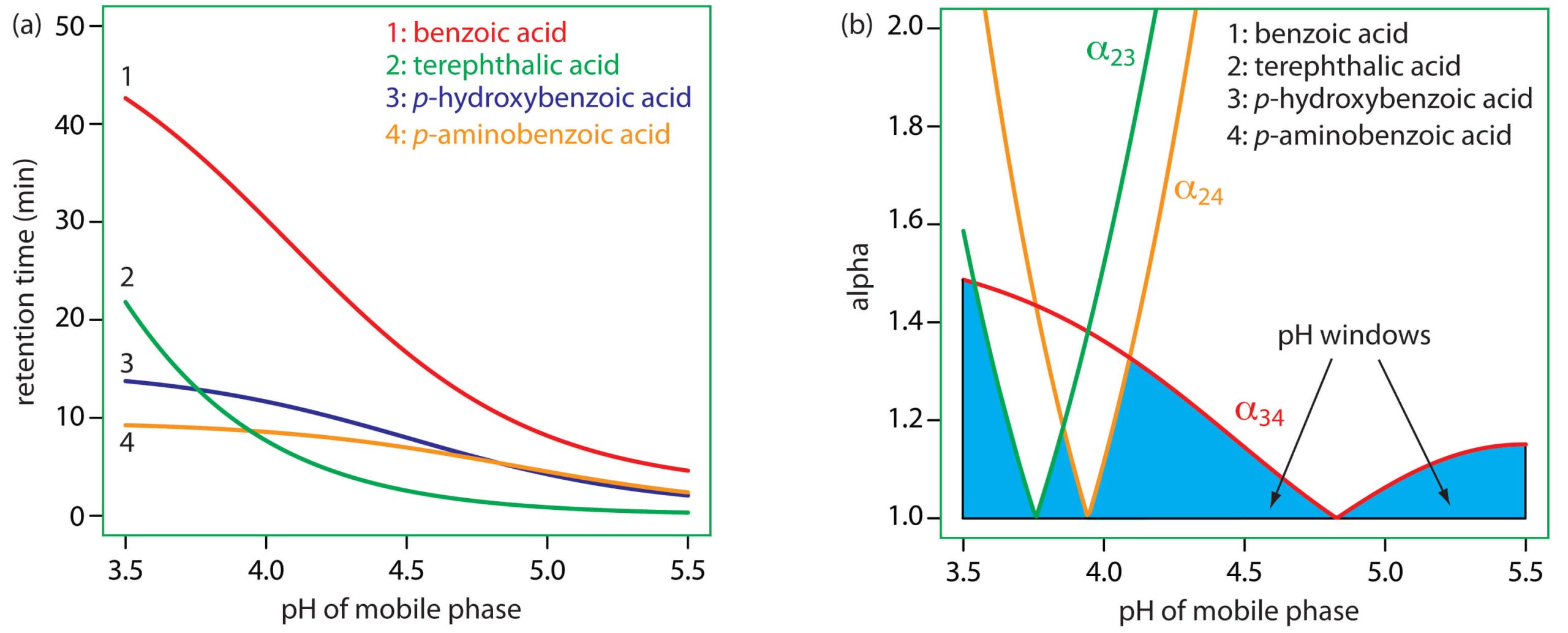
4. Chromatographic Column
As the efficiency of the chromatographic column decreases, the separation efficiency also decreases, and the retention time of the chromatographic peaks becomes longer and longer. So what will affect the efficiency of the chromatographic column?
(1) The efficiency of the chromatographic column will decrease if it is used continuously for a long time;
(2) If the elution time of the chromatographic column is not enough or the elution is insufficient after a single experiment, the column efficiency will gradually decrease;
(3) Column efficiency will decrease if the chromatographic column is polluted;
(4) The chromatographic column also has a lifespan. The longer the chromatographic column is used, the shorter the time before it will be scrapped, the column efficiency will be lower and lower, and the retention time of the chromatographic peak will be longer and longer.
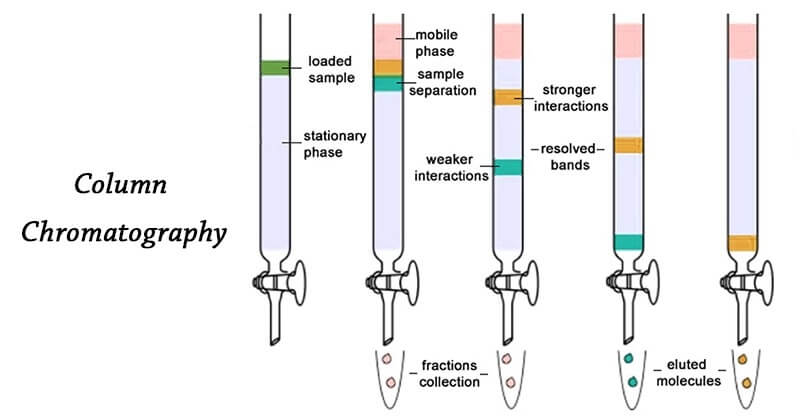
Therefore, we take care to maintain the column.
The forward or backward movement of the chromatographic peak affects the experimental results. The reasons and solutions for the four aspects that affect the forward or backward movement of the chromatographic peak are summarized above for reference and discussion by colleagues in the laboratory.
Back to List
-
 下午4:09Weighing the Pros and Cons of PTFE/Silicone Septa
下午4:09Weighing the Pros and Cons of PTFE/Silicone Septa -
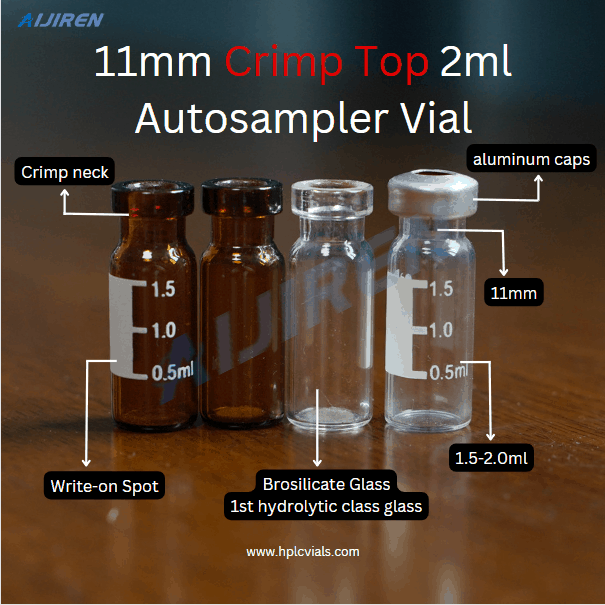 下午4:05Decoding Vial Discard Guidelines: Ensuring Precision in Chromatography
下午4:05Decoding Vial Discard Guidelines: Ensuring Precision in Chromatography -
 下午5:01Navigating Micro Inserts for HPLC Vials: A Comprehensive Guide
下午5:01Navigating Micro Inserts for HPLC Vials: A Comprehensive Guide -
.jpg) 下午2:02Common faults and solutions of automatic samplers(2)
下午2:02Common faults and solutions of automatic samplers(2) -
 下午5:08Ensuring Sample Integrity: Navigating EPA Storage Vials Stability Guidelines
下午5:08Ensuring Sample Integrity: Navigating EPA Storage Vials Stability Guidelines

